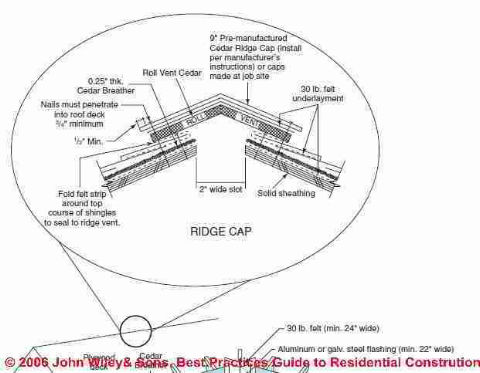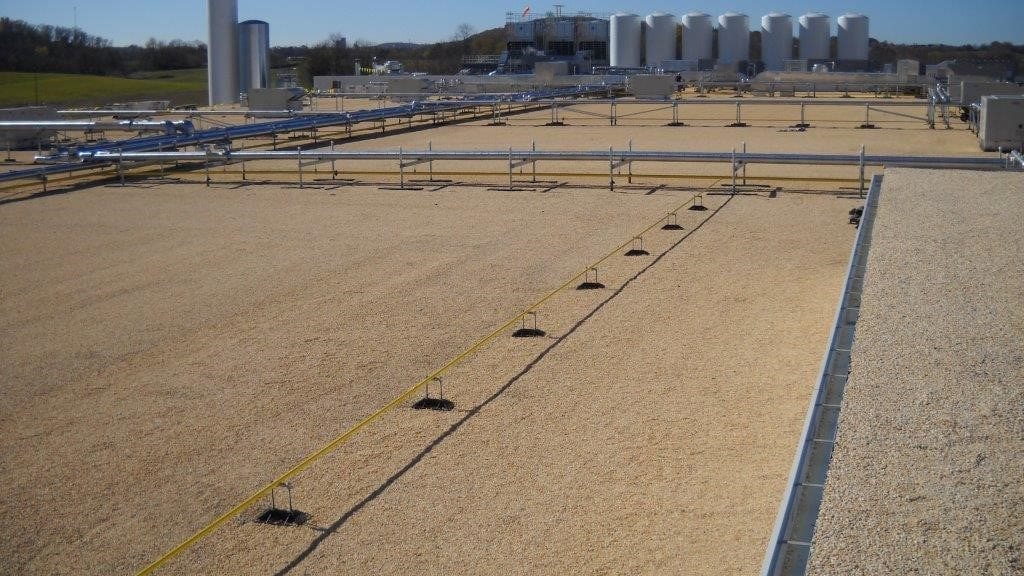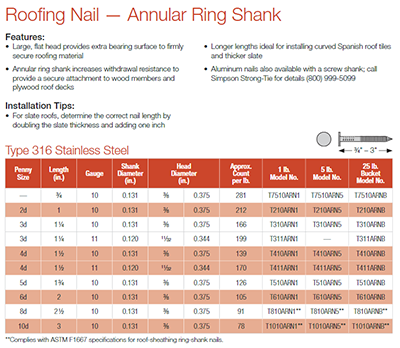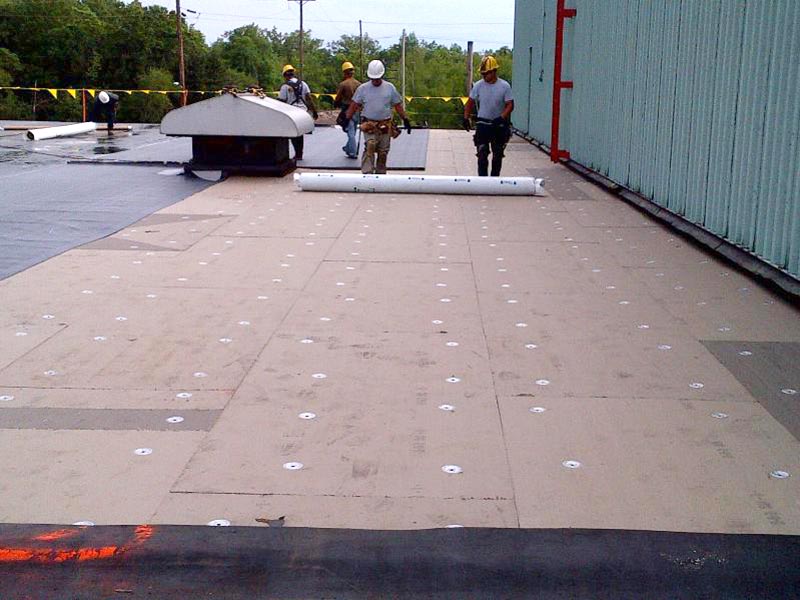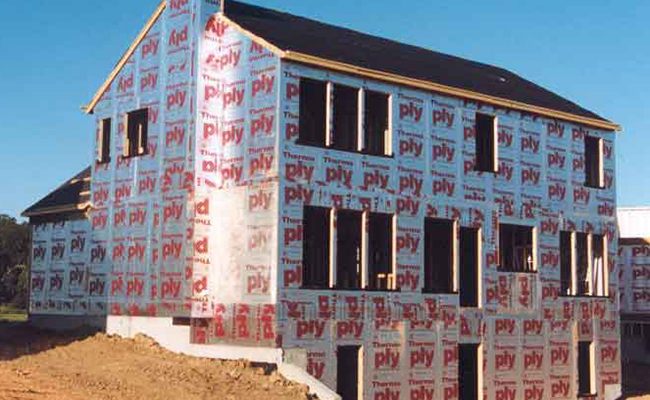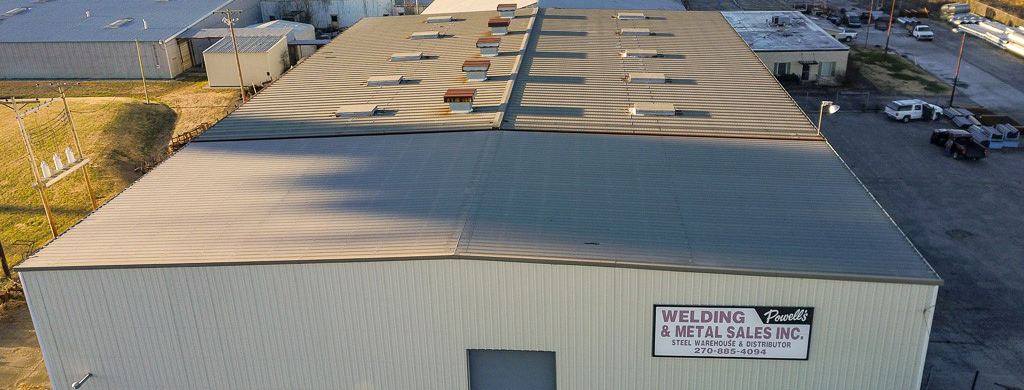Plywood sheathing is ideal for residential and light plywood sheathing is ideal for residential and light construction and every piece meets the highest grading standards for strength and appearance.
Roof plywood thickness pennsylvania.
It is about 2 to 3 millimeters thick and is generally used indoors since it looks more decorative than thicker plywood boards.
However you may need to consider bolstering the plywood thickness for a roof that has a higher load.
You might be tempted to choose a inch thickness although it s unnecessary in most cases.
3 ply is one of the most common types of plywood.
8d ring shank nails should be used instead.
Before making a purchase figure out exactly what type of lumber you need as well as how much you ll need to complete your project.
Floor or roof sheathing conforming with this table shall be deemed to meet the design criteria of section 2304 7.
Although specialty plywood can have any number of plies above three most plywood is categorized as 3 ply 5 ply or multi ply.
In this case plywood should be a minimum of 3 8 inch thick.
That will suffice on a roof with rafters set 16 inches apart with minimal roof loads.
1 inch 25 4 mm.
Installation details shall conform to sections 2304 7 1 and 2304 7 2 for floor and roof sheathing respectively.
Minimum thickness most roofs will be sheathed in plywood at least 3 8 inch thick.
It adds proven performance and durability to new homes room additions and renovations.
Never attach roof sheathing with staples.
It s the standard for spacing of 24 inches in the rafter although as mentioned a 5 8 inch thick is more ideal.
The standard width is 4 feet.
Plywood sheathing delivers outstanding rigidity strength and versatility and is an excellent choice for.
The typical thickness range for sheathing is 3 8 to 3 4 inch.
You can get plywood sheets with a length of up to 10 feet.
Lumber plywood prices range considerably based on the thickness type of construction and size.
Loads will vary with the.


